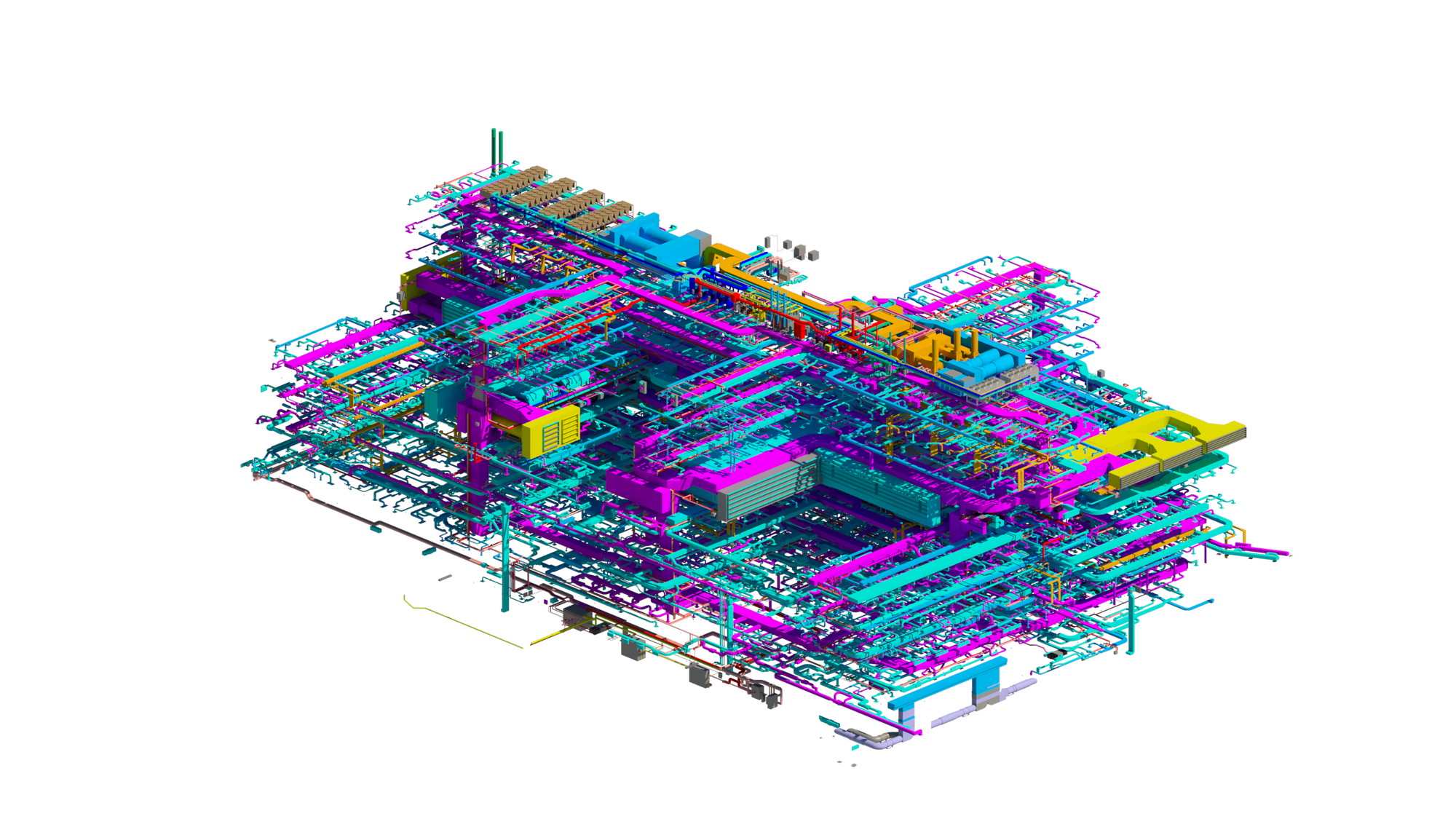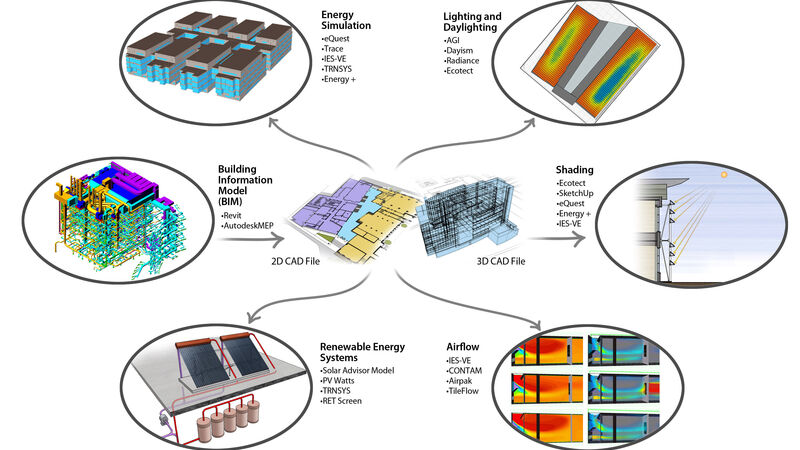
3 Things to Consider When Upgrading your Energy Modeling Software
With frequent software upgrades and projects with long lifespans, timing energy modeling software updates can be a challenge. How do you plan your upgrade to minimize project disruption and meet client needs?
An AEI Building Performance Consultant and Energy Modeling Practitioner shared their thoughts on energy modeling software updates in a recent IBPSA USA article, Ask a Modeler: When and How Should I Update My Energy Modeling Software? moderated by Dr. Andy Berres, IBPSA USA board member, and joined by software developer Edwin Lee, EnergyPlus.
Here are three things to consider when upgrading your energy modeling software:
1. Timing.
Discuss upgrading your energy modeling software at the beginning of a project. Waiting to upgrade your software until the middle of the project may cause unanticipated changes further down the road. In the beginning, project teams typically expect model numbers and other key project data to change. Waiting to upgrade your software until the middle of the project may cause unanticipated changes further down the road, especially if you’re using prior models for LEED submissions.
“When I’m starting a new project, I check if there are any software updates that would help me model my project better and then I stick with this version through the end of that specific project.”
2. Enhanced features.
When upgrading your energy modeling software, consider why you should perform an upgrade.
- What improvements will the upgrade offer the project?
- How will it ultimately benefit your client?
- New features that promote efficiency, customization, and speed are often a great reason to upgrade.

“The features that drive us to make these upgrades are usually major bug fixes, any feature additions that would really enhance the quality of our modeling or our confidence in modeling, and speed improvements. Speed improvements can really help when you’re running multiple simulations!”
3. Testing.
Upgrading to a new version of software will often require reconciliation of old and new data and structure differences. This can be overcome by comparing old files to new ones through the guidance of software developer release notes. This content often includes information about bug fixes, physics, and other changes. In addition, planning proper review time of these notes prior to implementation will allow the transition to be seamless and efficient.
Most project teams have a unique process for converting project data into energy modeling files. When the modeling software is upgraded, teams should re-test all project files to be confident in their new setup.